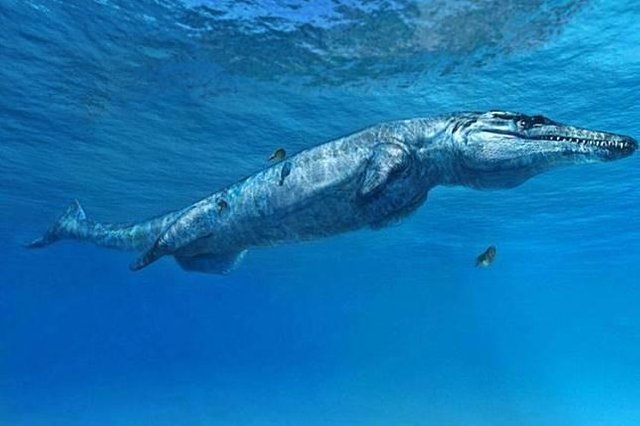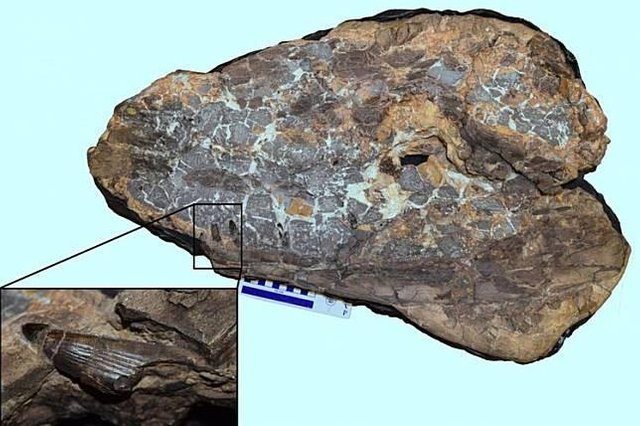
New species of marine reptiles that lived about 163 million years ago were identified from fossils found near Melksham, Wiltshire, England.
This extinct creature is named Leldraan melkshamensis, and is a member of Geosaurini, an ancient crocodile sub-family. The species is also often dubbed the "Melksham Monster".
Measuring about three meters long, this predator hunts large prey, like an ancient squid in a warm shallow ocean in a region now known as Europe.
"Leldraan melkshamensis was once one of the top predators in the English oceans in the Jurassic era, at the same time, the dinosaurs ruled the land," said Steve Brusatte, vertebrate paleontologist and evolutionary biologist at the University of Edinburgh.
The Melksham Monster fossils in the form of the skull and lower jaw were excavated from Oxford Clay Formation in the 1870s. The specimen was later purchased by the British Museum and is now at the Natural History Museum in London, as part of the Cunnington Collection.

Initially, scientists thought that the Geosaurini came from the late Jurassic Period, between 152 and 157 million years ago.
However, recent findings complemented by a detailed re-analysis of existing fossil evidence suggest that this sub-family has been present since millions of years earlier, in the Middle Jurassic Period.
"It's not the most beautiful fossils in the world, but Leldraan melkshamensis reveals to us a very important account of the evolution of ancient crocodiles and how they become the ultimate predators in their ecosystems," says Davide Foffa, a doctoral student at the University of Edinburgh.
The results of this study were later published in the Journal of Systematic Palaentology.
This article has already appeared in National Geographic Indonesia with the title: No less Malignant, Ancient Crocodile This So Predator Rivals Dinosaurs
National Geographic Indonesia has a real knack for making nonsensical headlines.
Downvoting a post can decrease pending rewards and make it less visible. Common reasons:
Submit